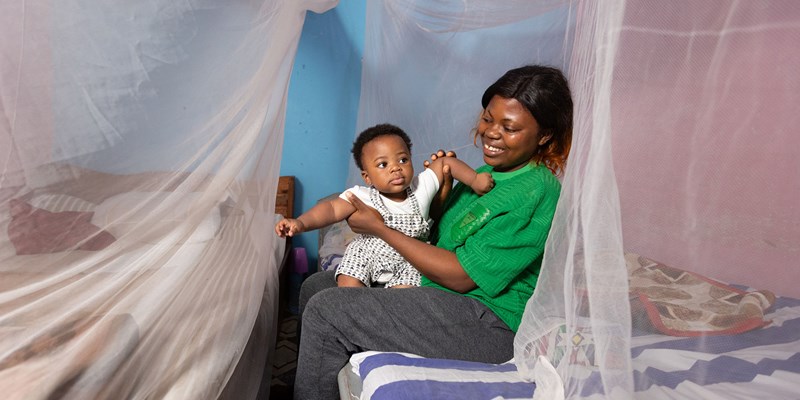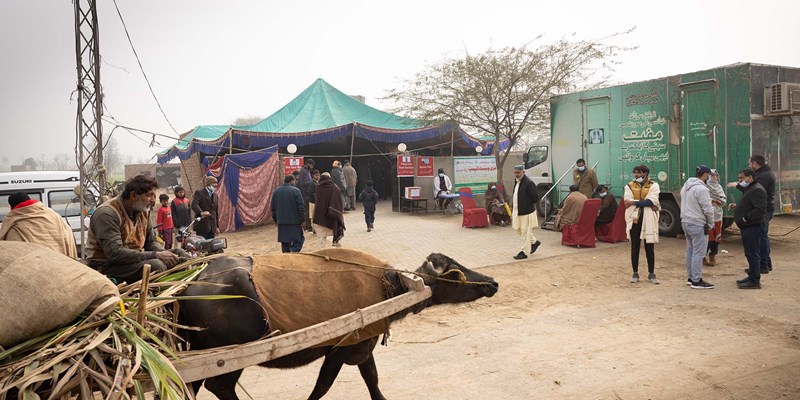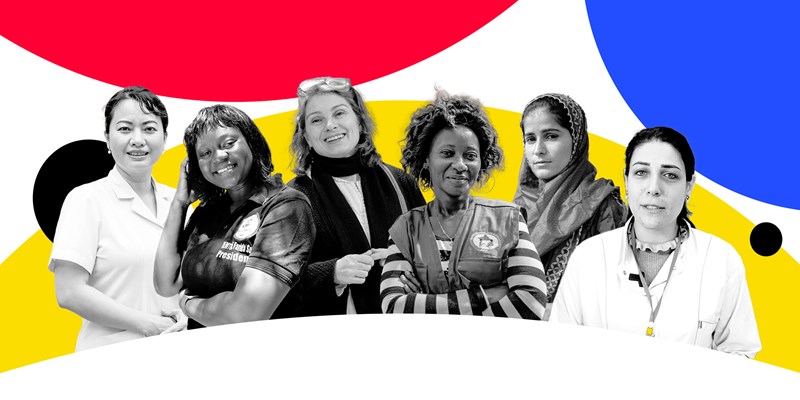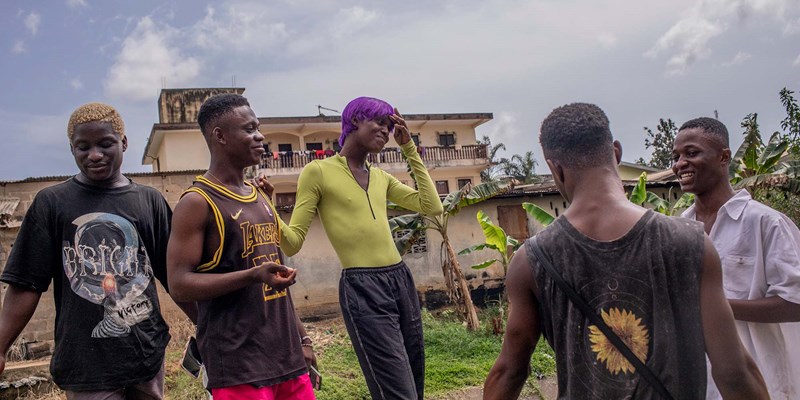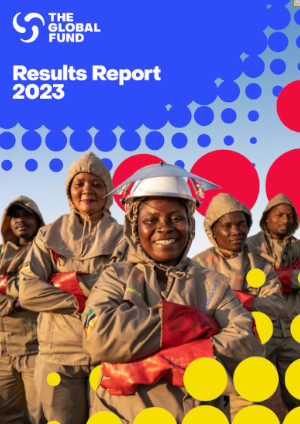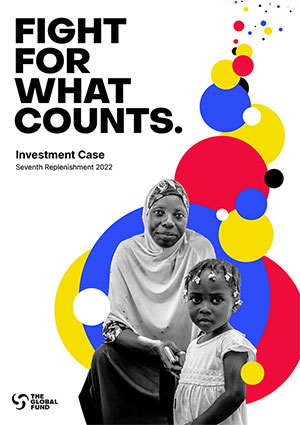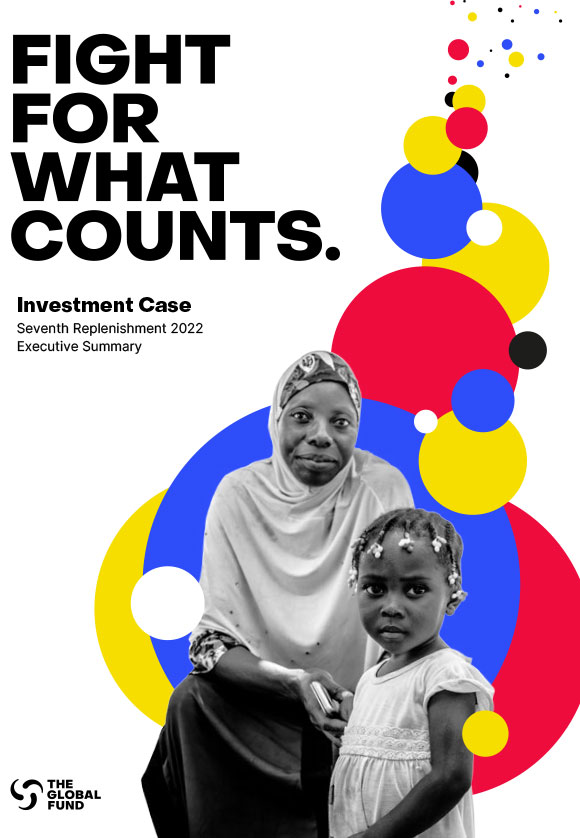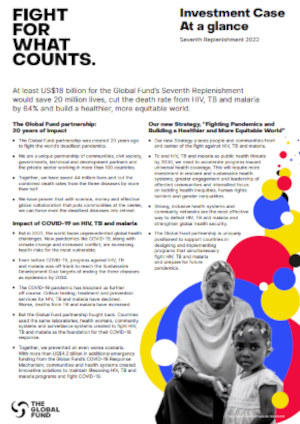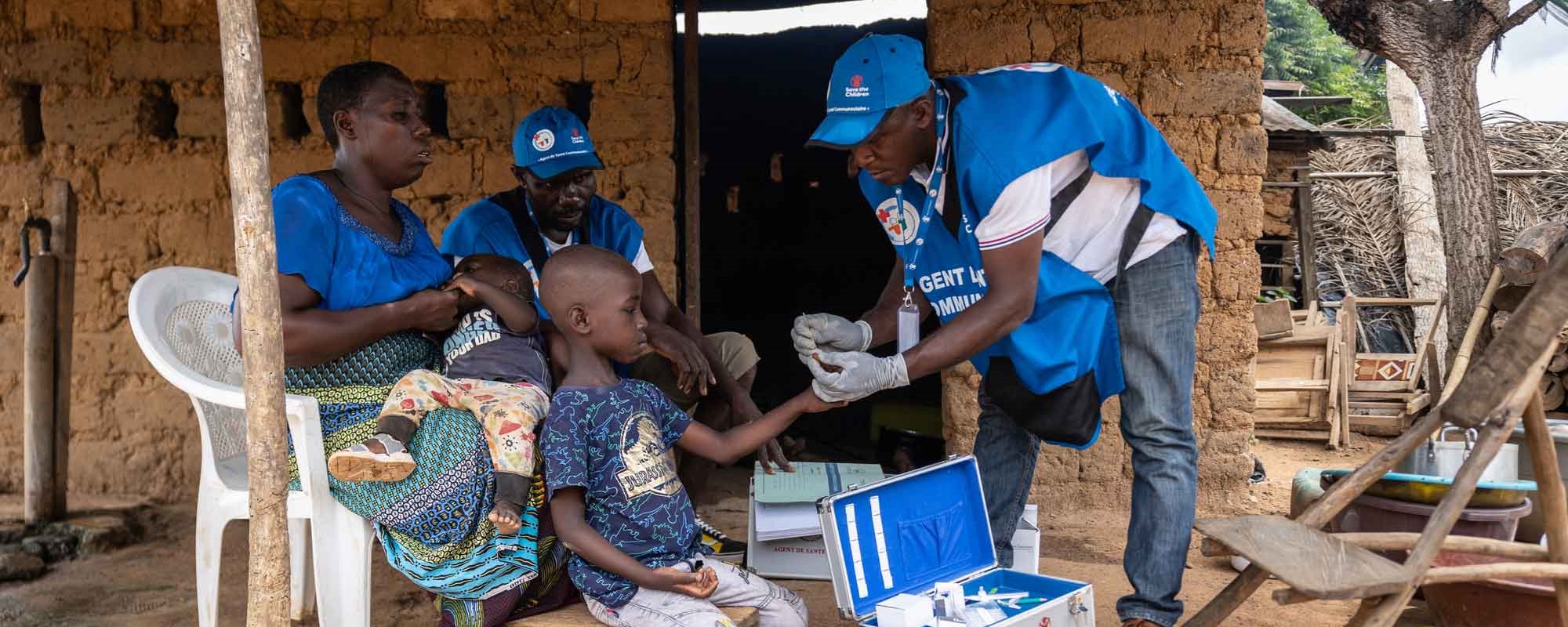

To End Malaria, We Must Advance Health Equity
The fight against malaria is at a pivotal point. In recent years, the progress we have made against this disease has ground to a halt, particularly in countries that carry a high burden of the disease.
With new challenges such as climate change, conflict and increasing resistance to antimalarial drugs and insecticides, we risk a reversal of two decades of progress against this disease. We must act with urgency, building greater collaboration and investing more resources to ensure we do not backslide.
This year’s World Malaria Day theme – Gender, Health Equity, and Human Rights – is apt. It reminds us that to protect the gains we have made against malaria and end this disease for good, we must strive to achieve equity. To get there, we must make a deliberate effort to focus on the people most affected by malaria and invest more of our efforts to support them in confronting the disease. The more we can focus our resources on those with the greatest need, the better we can stand a chance at defeating malaria.
In seeking to invest in places of greatest need, African countries must be front and center of our efforts. Sub-Saharan Africa carries the heaviest burden of the disease, with about 94% of all malaria cases and 95% of malaria deaths. People living in poverty in rural Africa bear the biggest brunt of malaria. Among that population, children under 5 and pregnant women are most affected. In 2022, an estimated 4 out of every 5 malaria-related deaths in the WHO African Region were among children under 5. Across the world, groups such as refugees, migrants, internally displaced people and indigenous communities are disproportionately affected by the disease. The first step towards beating malaria is ensuring equitable access to lifesaving tools for all these groups of people.
Such tools include the latest dual active ingredient insecticide-treated nets which are coated with two insecticides instead of one, making them more effective against mosquitoes that have built up resistance to standard nets. Other tools include seasonal malaria chemoprevention for children under 5, intermittent preventive treatment to protect pregnant women from the disease and indoor residual spraying (coating walls and other surfaces of a home with an insecticide). And lately, two new vaccines – RTS,S and R21 – have been added to the toolbox. Combined, and deployed in the areas of greatest need, these tools can be game-changing in the fight against malaria. For them to be most effective, the tools must be used together as part of comprehensive national malaria control plans.
We must also find better ways to strengthen health and community systems that support the delivery of these lifesaving tools. At the heart of great health systems is the principle of equity. Through investments in building stronger primary health, as well as pursuing universal health coverage, we can strive to see that everyone, everywhere can access quality prevention and treatment services they need to fight and overcome malaria without suffering financial hardship.
To end malaria for good, we must be laser-focused on knocking down hurdles to achieving health equity.
